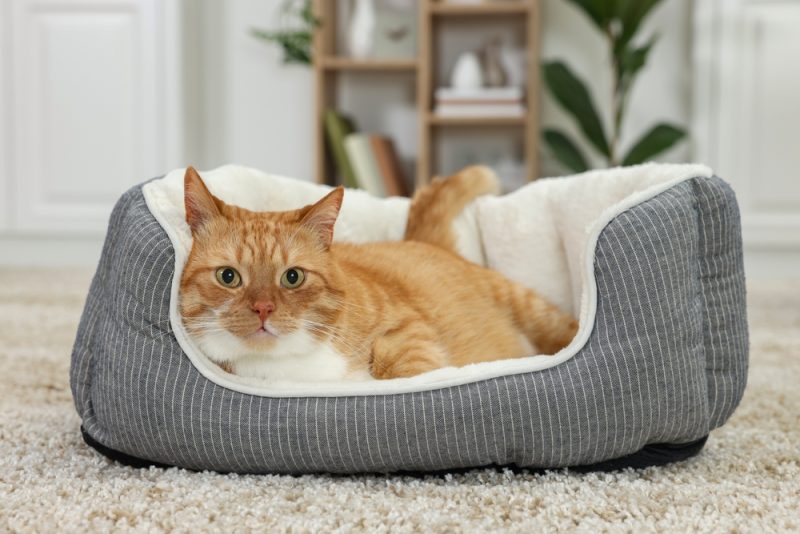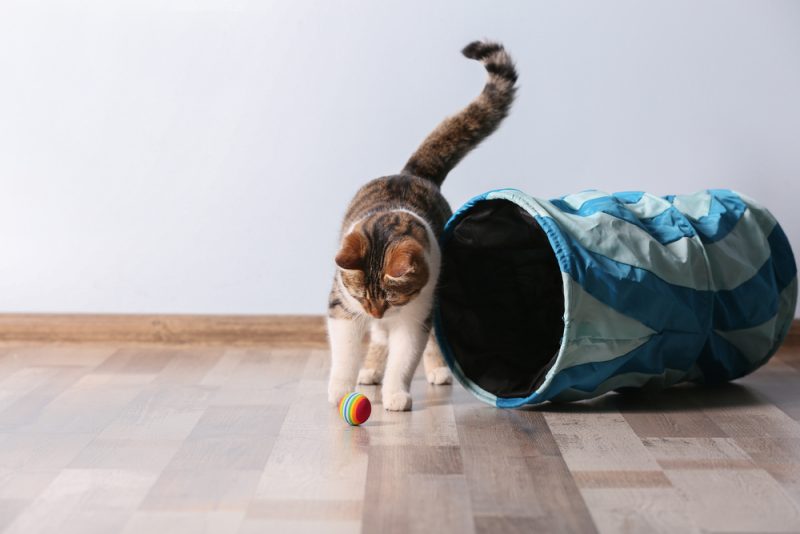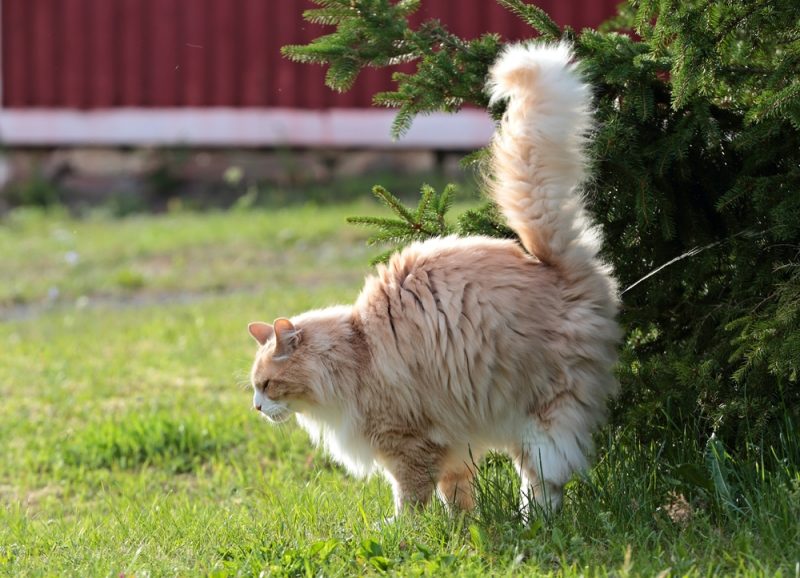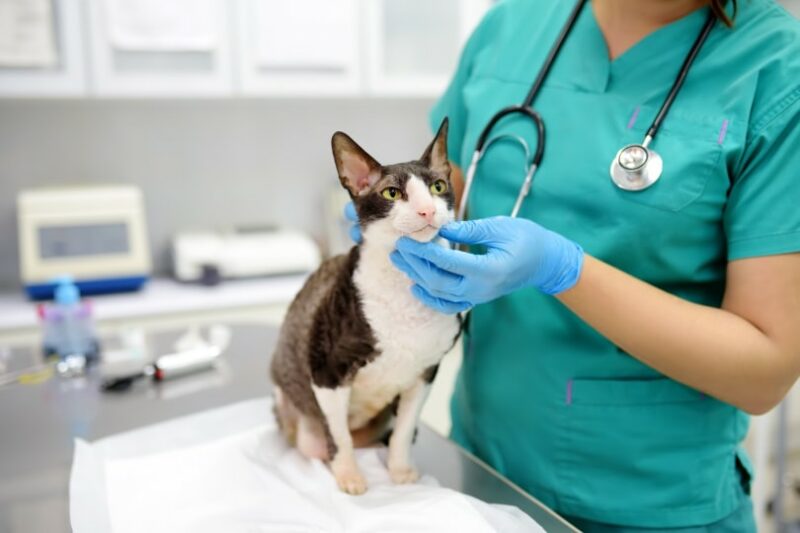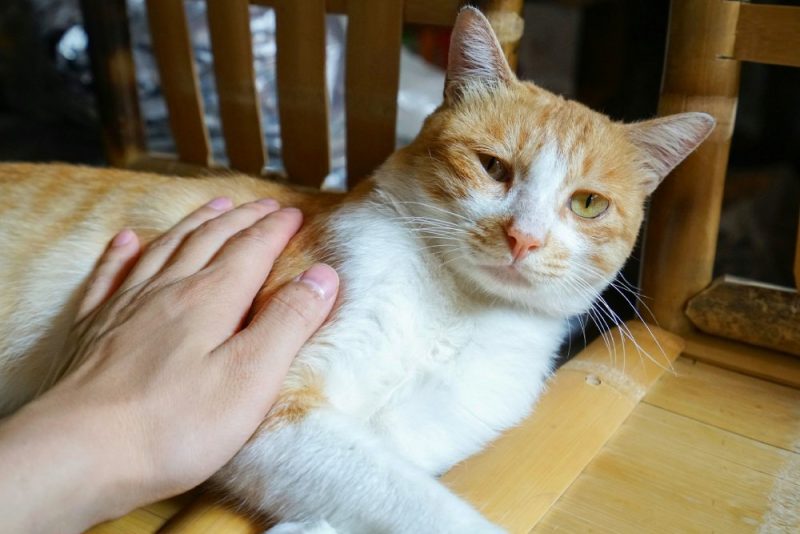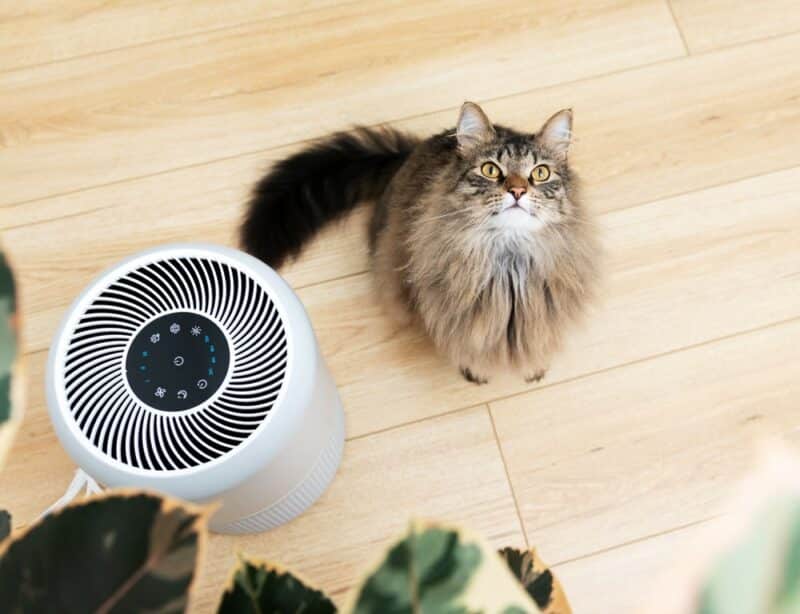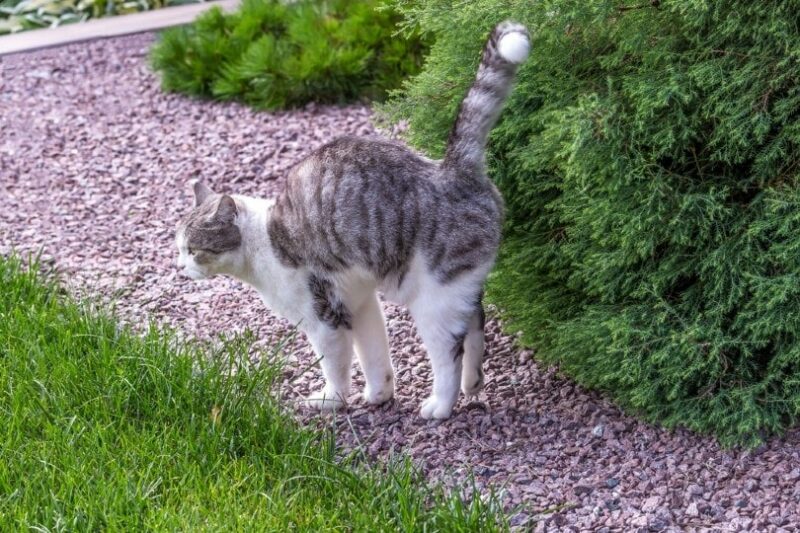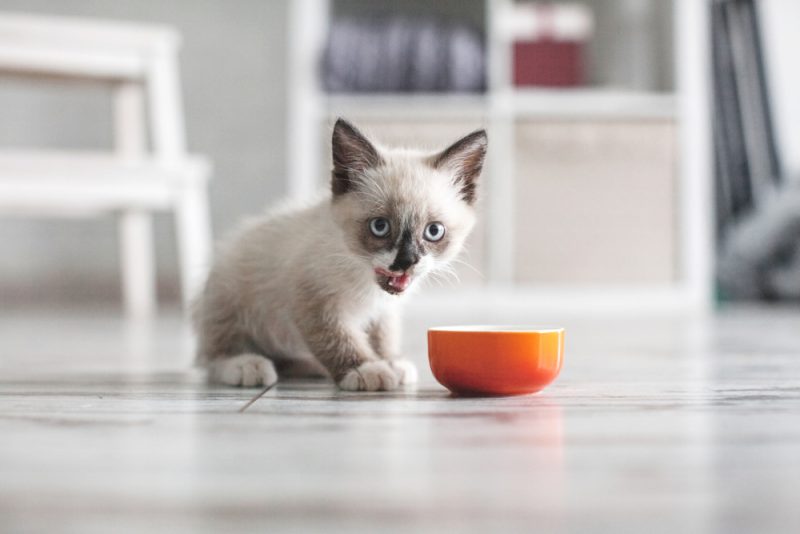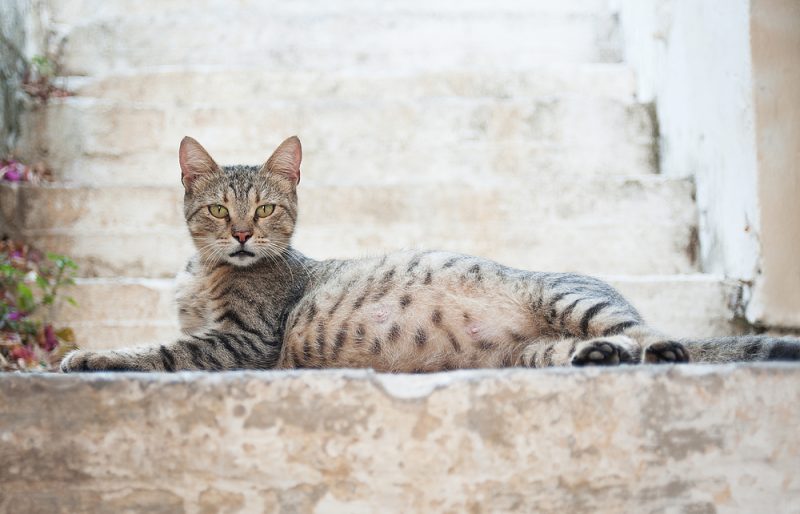Saying that cats love to sleep is a bit of an understatement. Cats sleep between 15 and 20 hours each day. They’re pros at finding comfortable spots to cuddle up in, but these aren’t always the most convenient for their human counterparts.
This inconvenience becomes even more true if they seem totally uninterested in the cozy cat bed that you have tried to make as inviting as possible.
How do you get your cat to sleep in their new bed? Here are several tips and tricks that you can use to get your cat to sleep where you want them to, day and night.
How to Get Your Cat to Sleep in a New Bed
1. Buy a Great Bed
Cats can be picky. Not only will different cats prefer different styles and materials for their bed, but they’ll also want different things at varying times of the day.
Pay attention to the kinds of places that your cat prefers to sleep. Many cats have a “type” when it comes to their sleeping spots. Some don’t like to feel vulnerable while they sleep, so they find spaces under furniture or in dark rooms. You will want to get these cats a hooded bed.
Other cats like the cushy lifestyle and will sleep on pillows, blankets, beds, your lap, or anything else soft to satisfy their need for a nap. If you have an older kitty, then a heated cat bed will often be a great match.
You might have to be willing to try out a couple of different products before finding the right one for your cat, or if you can’t find anything your cat likes, you can create your own.

2. Find the Perfect Location
You have heard it before: “location, location, location.” This doesn’t only apply to business but also your cat’s naptime preferences. Follow them around for part of a day. Try to make it seem nonchalant, so they don’t feel like they need to change their daily pattern. Figure out which spots are their favorite, and choose one of those to be where you put their bed.
Cats often lie around in certain areas to control their body temperature. If they consistently feel cool, they will appreciate curling up in the sun or near a heat vent. When they want to cool off, they will spread themselves out over a cool surface, like a table or laminated floor.
Also, pay attention to where other people and animals in the household interact. If there is an area that your cat goes to get away, that might be the perfect spot for their bed. Some cats prefer to know what is going on at all times. You might need to find an elevated spot on a cat tree or a shelf.
3. Lure Them In
Once you find the perfect place, it is time to attract them to it. Cats can be mischievous, but so can you. Sometimes, all it takes to get your cat to sleep in their bed is showing them how comfortable it is.
There are plenty of ways to do this, but the fastest is not always the best. You want your cat to associate the bed as a location where they can feel comfortable and safe. You don’t want to force them to go there. Don’t pick them up from where they had been comfortable and plunk them into the bed. No cat will receive this well and will be likelier to get up, walk away, and never look at it again.
Instead, lure them in so they associate the area with happiness and rewards. Get them to come over by luring them with their favorite treats or a toy. A great way to do this is to dust the bed with catnip. When they come into the bed, reward them with praise and a treat.
You want your cat to be relaxed in the bed. Give them attention, petting them until they relax. If your cat leaves the bed, leave treats there so they are consistently tempted to come back to that space.

Make Previous Sleep Spots Undesirable
The final piece of this puzzle is to make as many of their previous spots unfavorable. If they previously liked to sleep on top of the table or in your laundry, make them less comfortable or take away their access. You might need to close the doors to your bedroom or laundry room.
Obviously, you still need furniture like tables in your home. To make them less favorable for your cat, cover the spots with aluminum foil. They won’t be able to sleep because of the texture and irritating noise that it makes. You can also use citrus oil. Mix the essential oil with water and spray it in areas that you would rather your cat avoided. Cats don’t like the smell.
In the end, it might come down to being more stubborn than your cat. Before beginning the process, decide how important it is to you to stay motivated or know when to quit. It might take weeks before you find the right bed location, and make everywhere else seem less sleep-ready, but eventually, you will convince them.
Also, keep in mind that it is uncommon for cats to choose a single place to sleep. With all the time they commit to it, they like to switch things up. Don’t expect them to sleep in the bed continuously, but you can aim for the majority of the time.

Conclusion
There are a few ways that you can get your cat used to a new bed, but the important part is never to force them to use the bed. Instead, you can make the new bed more enticing or the old sleeping spots less desirable. It’s also important to choose the right bed for your cat’s needs and preferences.
Featured Image Credit: New Africa, Shutterstock
